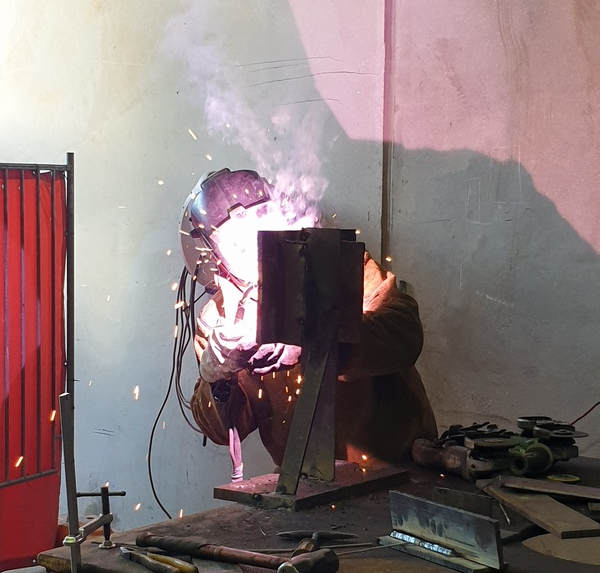Welding Quality Control- Inspection and Testing Best Practices

Welding is a critical process in many industries, from construction and manufacturing to oil and gas. Ensuring the quality of welded joints is crucial for the safety and performance of structures, equipment, and pipelines. In this blog post, we will discuss welding quality control, focusing on inspection and testing best practices to ensure the integrity of your welded projects..
Importance of Welding Quality Control
Weld quality control is essential for several reasons:
- Safety: Poorly welded joints can lead to catastrophic failures, posing risks to both workers and the public.
- Performance: High-quality welds ensure optimal performance of equipment and structures.
- Compliance: Meeting industry standards and regulations is crucial to avoid penalties and maintain a competitive edge.
- Cost-effectiveness: Proper welding quality control reduces costly rework, repairs, and downtime.
Implementing best practices in welding inspection and testing can help you achieve these objectives.
Welding Inspection Best Practices
Welding inspections are conducted at various stages of the welding process to ensure adherence to specifications, codes, and standards. Here are some best practices for welding inspection:
Visual Inspection
Visual inspection is the most common type of welding inspection. It involves examining the weld for surface defects such as cracks, porosity, undercutting, or incomplete fusion.
- Conduct visual inspections before, during, and after welding.
- Use appropriate tools like magnifying glasses or mirrors to inspect hard-to-reach areas.
- Ensure proper lighting for accurate assessment.
- Follow industry standards (e.g., AWS D1.1) when evaluating welds.
Non-destructive Testing (NDT)
Non-destructive testing methods are used to detect defects without damaging the welded joint. Some popular NDT techniques include:
- Ultrasonic testing
- Magnetic particle testing
- Radiographic testing
-
Liquid penetrant testing
- Train and certify inspectors in the appropriate NDT methods.
- Use NDT methods in conjunction with visual inspection to ensure comprehensive evaluation.
- Follow industry standards for each NDT method to maintain accuracy and reliability.
Destructive Testing
In some cases, destructive tests are performed to validate weld quality. This may include:
- Tensile tests
- Bend tests
- Impact tests
-
Hardness tests
- Select the appropriate destructive test based on the application and material.
- Conduct tests in a controlled environment using calibrated equipment.
- Destroy test specimens after testing to prevent reuse.
Welding Testing Best Practices
Apart from inspections, testing procedures also play a vital role in welding quality control. Here are some best practices for welding testing:
Welder Qualification Tests
Welder qualification tests assess the skills of welders and ensure their ability to produce high-quality welds. Some best practices for welder qualification include:
- Follow industry standards (e.g., AWS D1.1) and client-specific requirements for welder qualification.
- Evaluate welders on different positions, materials, and processes relevant to their job scope.
- Maintain up-to-date records of welder qualifications and certifications.
Procedure Qualification Records (PQR)
Procedure qualification records document the variables and conditions used during a successful welding procedure qualification test. The following best practices can be applied when developing PQRs:
- Conduct PQR tests according to industry standards (e.g., ASME IX) and client requirements.
- Document all essential variables, such as materials, consumables, joint design, and welding parameters.
- Retain PQRs as references for future welding projects.
Welding Procedure Specifications (WPS)
Welding procedure specifications are written documents that provide guidelines for performing a specific welding procedure. To ensure effective WPS, consider these best practices:
- Develop WPS based on successful PQR tests.
- Include all necessary information, such as materials, joint design, welding parameters, and pre/post-weld heat treatment.
- Train welders on the proper application of WPS and maintain compliance during welding operations.
By implementing these welding inspection and testing best practices, you can ensure the quality and integrity of your welded projects. At Elite Engineering WA, we are committed to providing high-quality welding solutions that meet industry standards and exceed client expectations. Contact us today for more information about our welding services and how we can help you achieve your project goals
If you would like more information on how Elite Engineering WA can help you with your next project please contact us for a quote or more information. Email sales@elitewa.com.au or Phone 1300 887 461
News
April 20, 2023
Share on:
